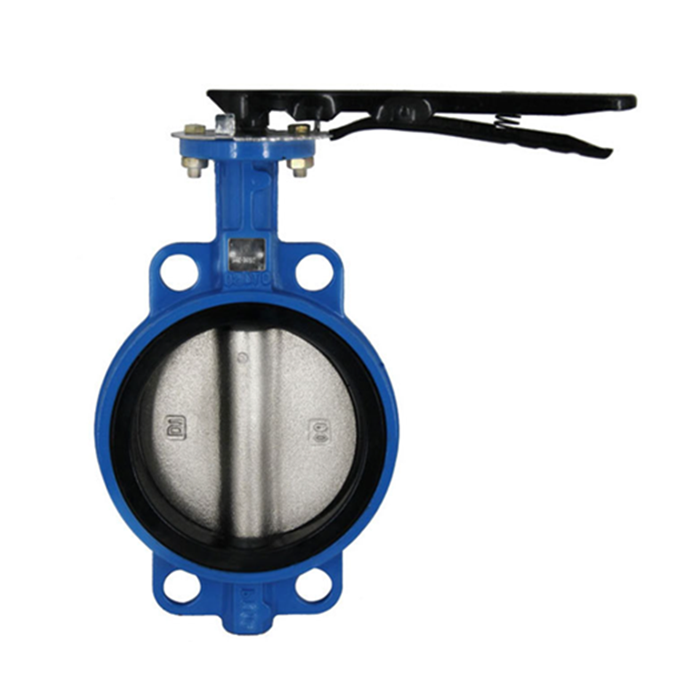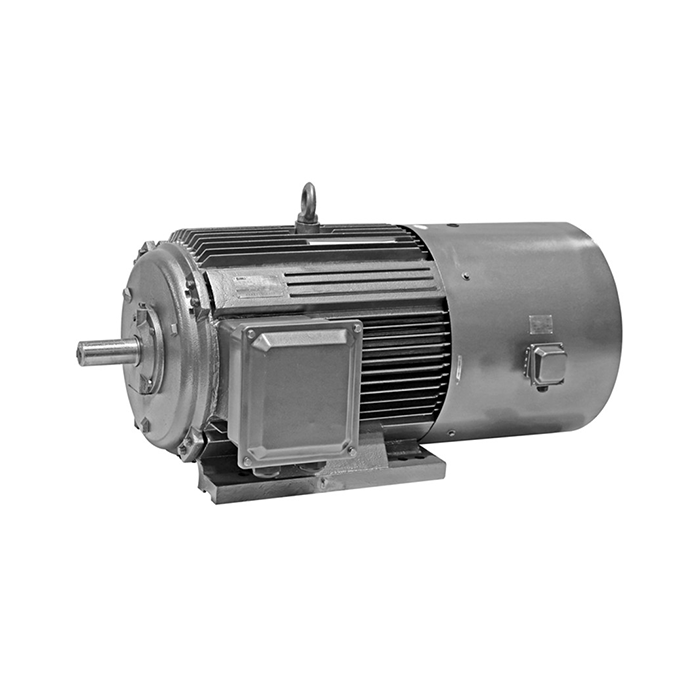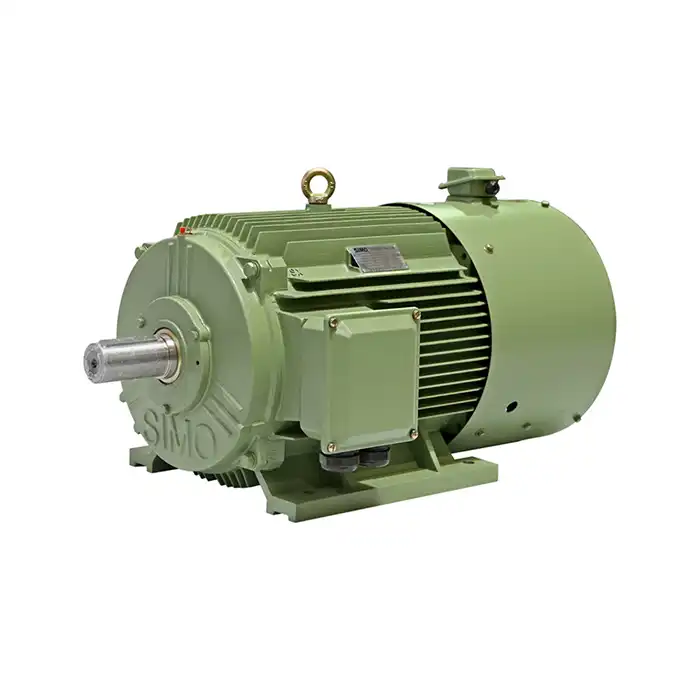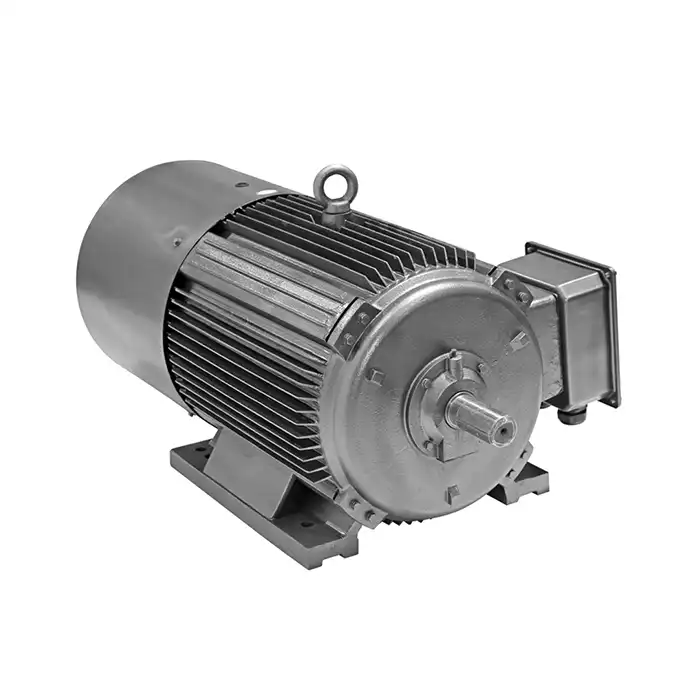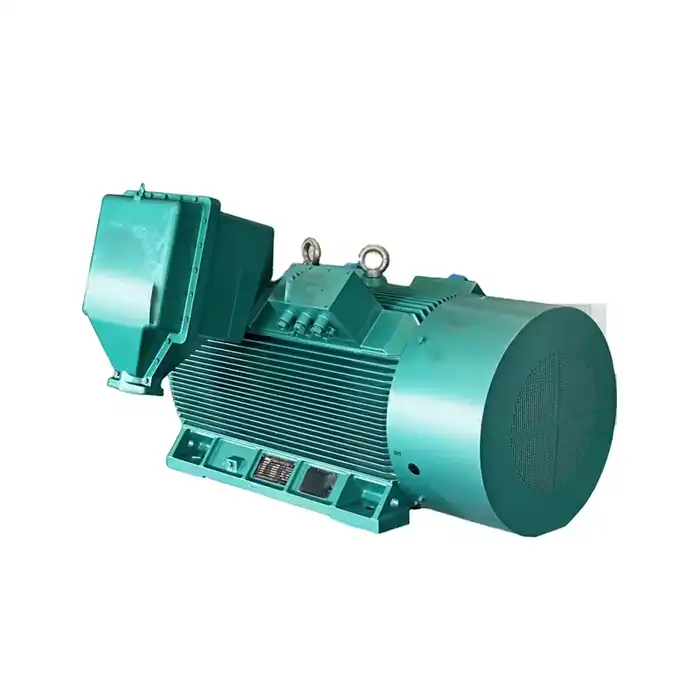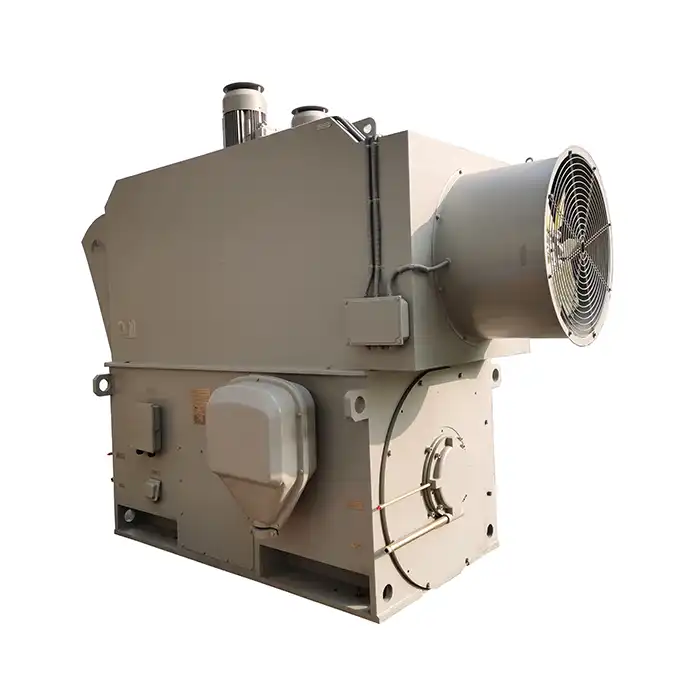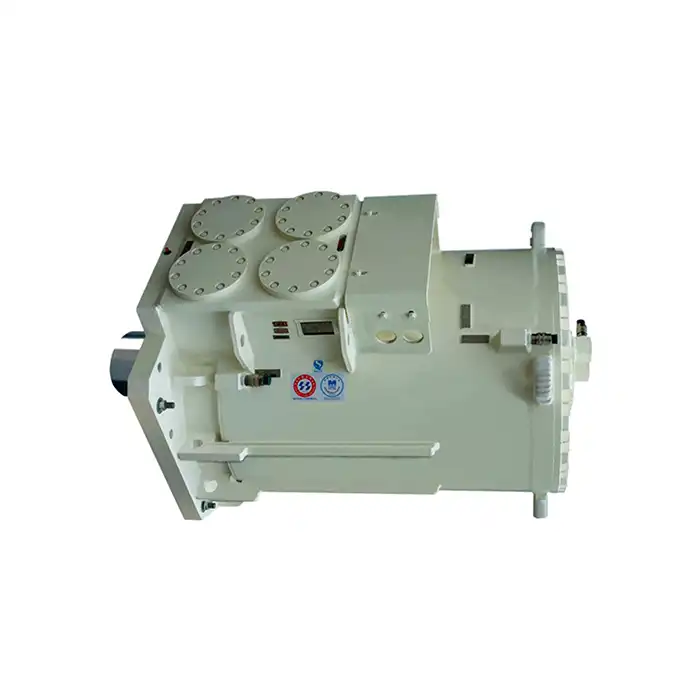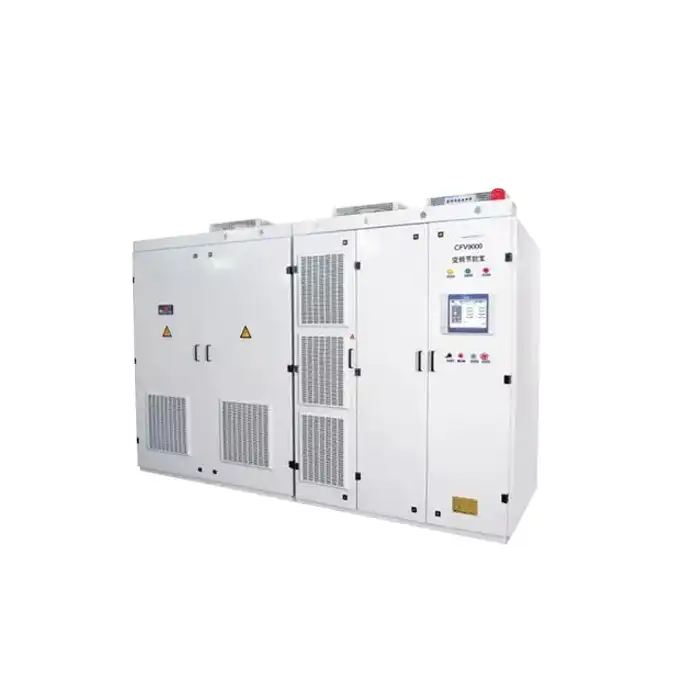What are the energy-saving strategies for 200hp DC motors?
In the business world of today, companies that want to save money and help the environment must be very good at using energy. 200hp DC motors are often used in business settings because they are strong and reliable. However, they can use a lot of power. It talks about good ways to make these motors use less energy. This will save money for companies and make the world a better place.
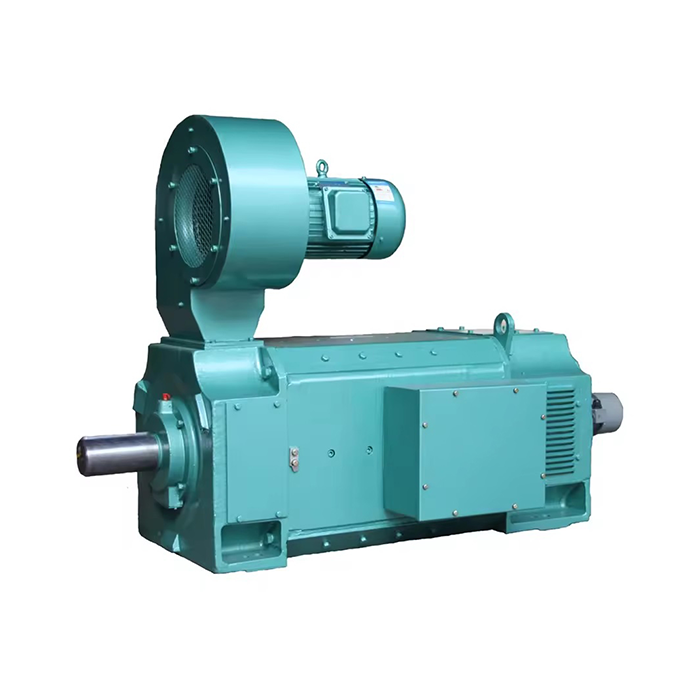
Series:Z4
Frame number: 100-450
Application:Z4 series motorsThis series of motors can be widely used in various industrial sectors such as metallurgical industrial rolling mills, metal cutting machine tools, papermaking, dyeing and weaving, printing, cement, and plastic extrusion machinery.
Power range:1.5-600kW
Voltage range: 160V,440V, etc.
Certificate: The performance of this series of motors not only complies with the national standard GB/T755 "Basic Technical Requirements for Rotating Electrical Machines", but also basically complies with the German VDE0530 standard.
Advantage:Z4 series DC motor has greater advantages than Z2 and Z3 series. It can not only be powered by DC unit power supply, but also suitable for static rectifier power supply. It has small moment of inertia, good dynamic performance, and can withstand high load change rates. It is especially suitable for control systems that require smooth speed regulation, high efficiency, automatic speed stabilization, and responsive response. It has reached the current international advanced level..
Others: SKF, NSK, FAG bearings can be replaced according to customer requirements.
Implementing Variable Speed Drives for DC Motors
One of the most effective ways to improve the energy efficiency of 200hp DC motors is by implementing variable speed drives (VSDs). These devices allow for precise control of motor speed and torque, adjusting power output to match the actual load requirements.
Benefits of Variable Speed Drives
VSDs offer several advantages when it comes to energy conservation:
- Reduced energy consumption during partial load operations
- Smoother acceleration and deceleration, reducing mechanical stress
- Improved process control and productivity
- Extended motor life due to reduced wear and tear
Selecting the Right VSD for Your 200hp DC Motor
When choosing a VSD for your 200hp DC motor, consider factors such as:
- Motor type and specifications
- Load characteristics
- Operating environment
- Control requirements
- Compatibility with existing systems
Installation and Configuration
Proper installation and configuration of VSDs are crucial for optimal performance. This may involve:
- Correct sizing of the VSD
- Proper wiring and grounding
- Programming the VSD for specific application requirements
- Integration with existing control systems
Power Factor Correction in Large DC Motors
Power factor correction is another important strategy for improving the energy efficiency of 200hp DC motors. A low power factor can lead to increased energy costs and reduced system efficiency.
Understanding Power Factor
Power factor is a measure of how effectively electrical power is being used. It is the ratio of real power (the power that performs useful work) to apparent power (the total power supplied by the source). A power factor closer to 1 indicates efficient use of electricity, while a lower value signifies wasted energy and potential strain on the system.
Methods of Power Factor Correction
There are several ways to improve the power factor of 200hp DC motors:
- Installing capacitor banks
- Using synchronous condensers
- Implementing active power factor correction devices
Benefits of Power Factor Correction
Improving the power factor of your 200hp DC motors can lead to:
- Reduced electricity bills
- Increased system capacity
- Improved voltage regulation
- Extended equipment life
Regenerative Braking: Harnessing DC Motor Energy
Regenerative braking is an innovative technique that can significantly improve the energy efficiency of 200hp DC motors in certain applications, particularly those involving frequent starts and stops or descending loads.
How Regenerative Braking Works
During deceleration or when handling descending loads, the motor acts as a generator, converting mechanical energy back into electrical energy. This energy can then be:
- Fed back into the power grid
- Stored in batteries or capacitors for later use
- Used to power other equipment in the facility
Applications Suitable for Regenerative Braking
Regenerative braking can be particularly beneficial in the following applications:
- Elevators and lifts
- Cranes and hoists
- Conveyor systems on declining slopes
- Electric vehicles and material handling equipment
Implementing Regenerative Braking Systems
To implement regenerative braking for your 200hp DC motors, you may need to:
- Install regenerative drive systems
- Modify existing control systems
- Set up energy storage or grid feedback mechanisms
- Ensure compliance with local electrical codes and regulations
Additional Energy-Saving Strategies
While the previously mentioned strategies are highly effective, there are several other approaches to consider when optimizing the energy efficiency of the product.
Regular Maintenance and Inspection
Proper maintenance is crucial for ensuring optimal motor performance and energy efficiency. This includes:
- Regular cleaning and lubrication
- Checking and tightening electrical connections
- Inspecting and replacing worn components
- Aligning motor and driven equipment
Optimizing Motor Sizing
Proper motor sizing is critical for energy efficiency. Oversized motors often operate inefficiently at partial loads, consuming excess energy, while undersized motors may struggle and operate under high stress, leading to inefficiencies. Correctly matching motor size to load requirements maximizes performance and reduces unnecessary energy consumption.
Implementing Energy Management Systems
Advanced energy management systems can help monitor and optimize the performance of the product by:
- Tracking energy consumption patterns
- Identifying inefficiencies and opportunities for improvement
- Automating motor control based on load requirements
- Providing valuable insights for ongoing optimization efforts
Utilizing High-Efficiency Motor Designs
When replacing or upgrading motors, consider using high-efficiency designs that incorporate advanced technologies such as better insulation, improved rotor and stator materials, and optimized airflow systems. These modern designs reduce electrical losses, improve power output, and contribute to lower energy consumption, thereby reducing operational costs over time.
Conclusion
Putting in place strategies to save energy for the product is a smart move that can save a lot of money and help the world. Businesses can cut their energy use and costs by a large amount by using methods like variable speed drives, power factor correction, and regenerative braking, along with regular maintenance and advanced monitoring systems.
As technology keeps getting better, new ways to make motors more efficient will open up. If you keep up with the latest developments and work with pros with a lot of experience, you can make sure that your 200hp DC motors work at their best, which will help make the future of industry more sustainable and cost-effective.
FAQ
1. How much energy can be saved by implementing these strategies for 200hp DC motors?
The amount of energy saved can be different based on the strategy and application used. But when you combine several energy-saving steps, you can often save 20–50% or more of the energy you use.
2. Are these energy-saving strategies applicable to all types of 200hp DC motors?
Many of these strategies can be used with different kinds of DC motors, but they may not work as well or as easily based on the motor's design, its purpose, and the conditions under which it is running. Talking to a qualified engineer or motor expert is the best way to figure out the best way to handle your situation.
3. What is the typical return on investment for implementing energy-saving measures on 200hp DC motors?
The return on investment can be very different based on things like the cost of energy, how often the motor is used, and the specific steps that are taken. Most of the time, businesses can see a return on their investment in one to three years, and they can continue to save money after that.
Optimize Your 200hp DC Motors with XCMOTOR
At XCMOTOR, we're experts at finding ways to make high-power DC motors, like 200hp DC motors, use less energy. Our team of professionals can help you find and use the best ways to save energy for your unique wants and situations. We can help you get the most out of your energy use and keep costs down with our modern motor designs, variable speed drives, and full energy management systems.
Don't let inefficient motors drain your resources. Contact XCMOTOR today at xcmotors@163.com to learn how we can help you optimize your 200hp DC motors and drive your business towards a more sustainable and profitable future. As a leading 200hp dc motor manufacturer, we're committed to delivering innovative solutions that meet the demanding needs of modern industry while prioritizing energy efficiency and environmental responsibility.
References
1. Johnson, M. (2022). Advanced Energy-Saving Techniques for Large DC Motors. Journal of Industrial Energy Efficiency, 15(3), 245-260.
2. Smith, A., & Brown, R. (2021). Implementing Variable Speed Drives in High-Power DC Motor Applications. IEEE Transactions on Industrial Electronics, 68(9), 8765-8778.
3. Lee, S., et al. (2023). Power Factor Correction Strategies for 200hp DC Motors in Industrial Settings. Energy Conversion and Management, 256, 115464.
4. Williams, T. (2022). Regenerative Braking Systems for Large DC Motors: Design and Implementation. International Journal of Electrical Power & Energy Systems, 134, 107368.
5. Chen, H., & Wang, L. (2021). Energy Management Systems for Optimizing DC Motor Performance in Industry 4.0 Environments. Applied Energy, 292, 116930.
6. Thompson, K. (2023). Comparative Analysis of Energy-Saving Measures for High-Power DC Motors in Manufacturing. Sustainable Energy Technologies and Assessments, 52, 102304.



